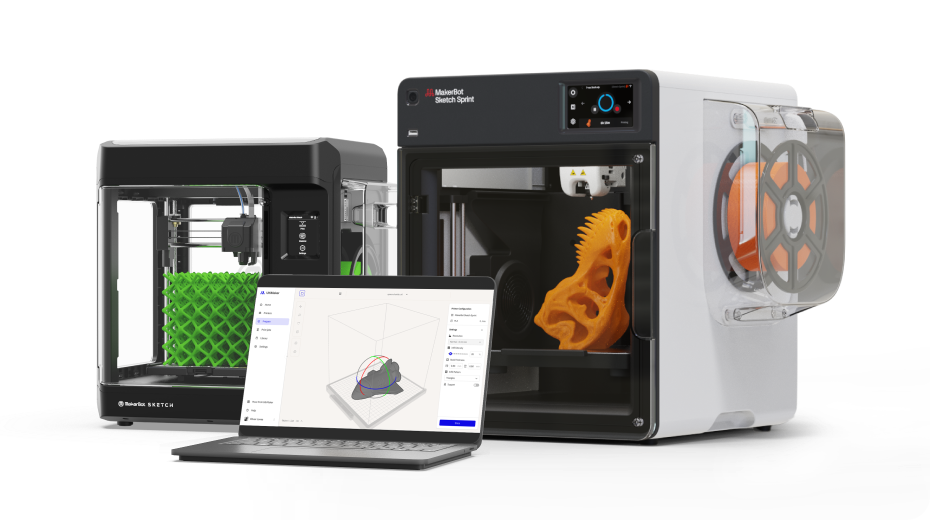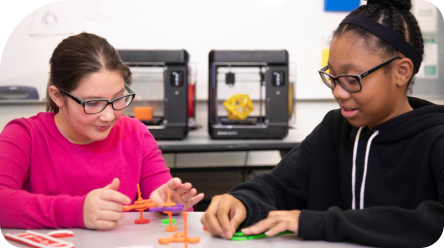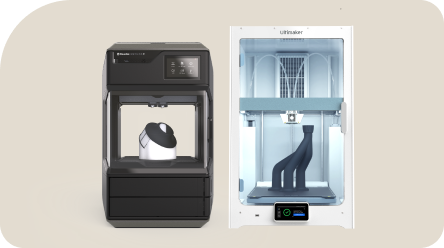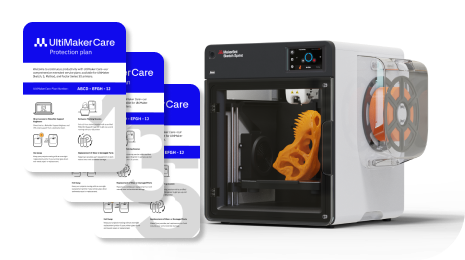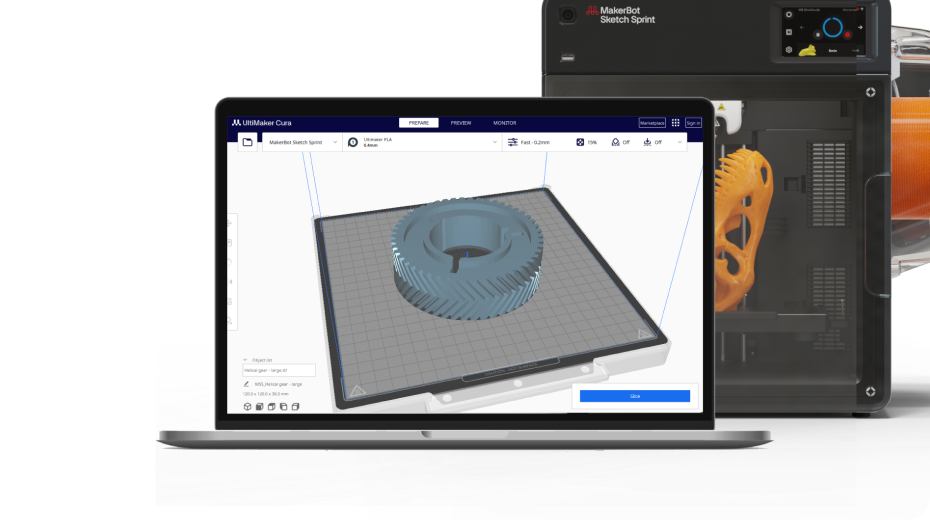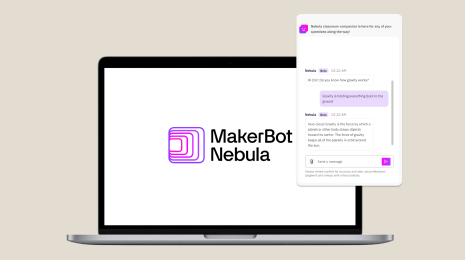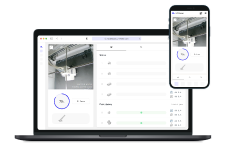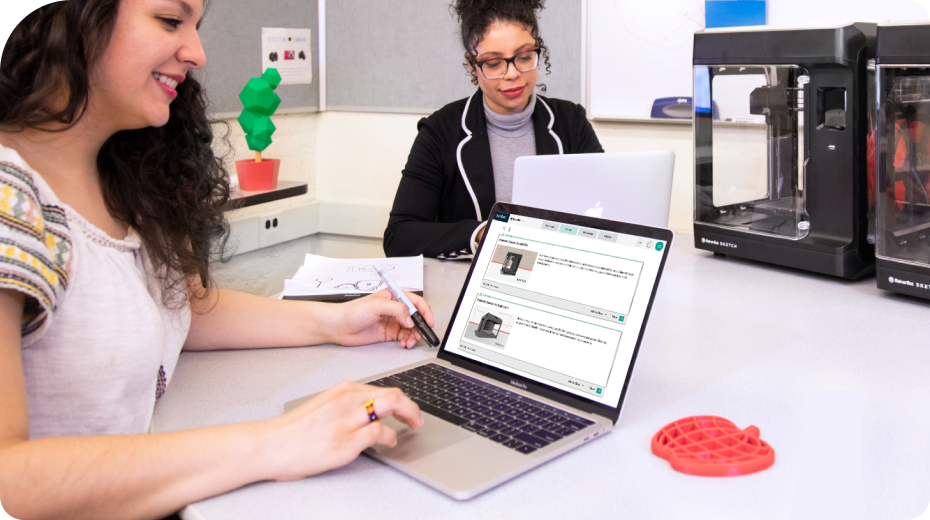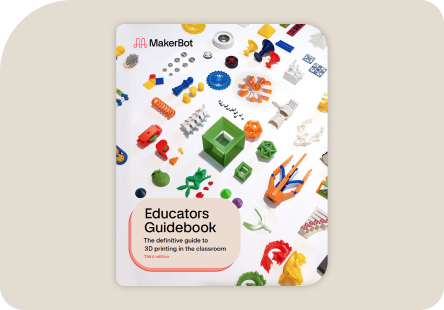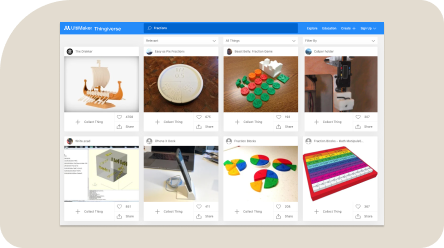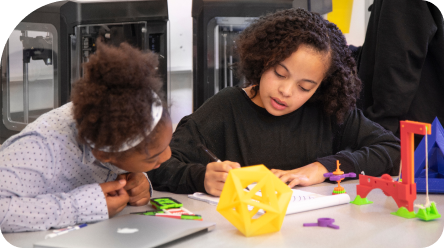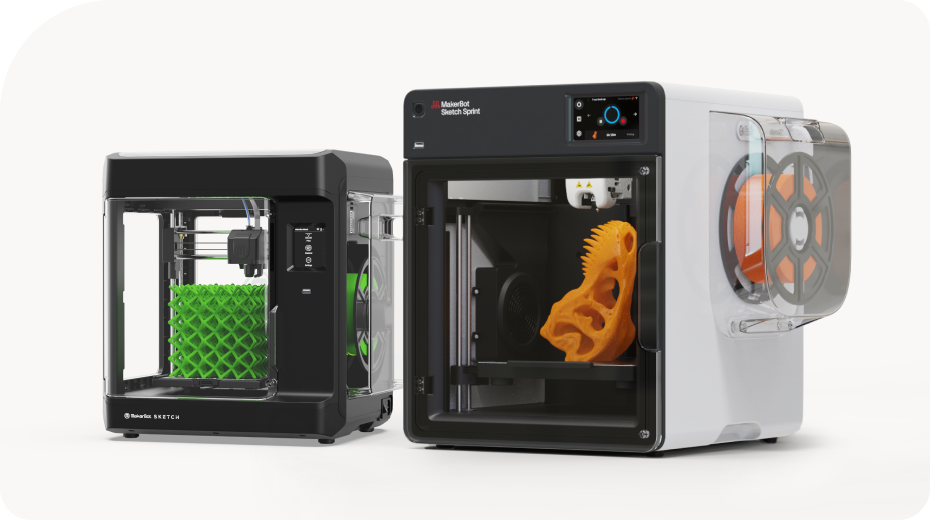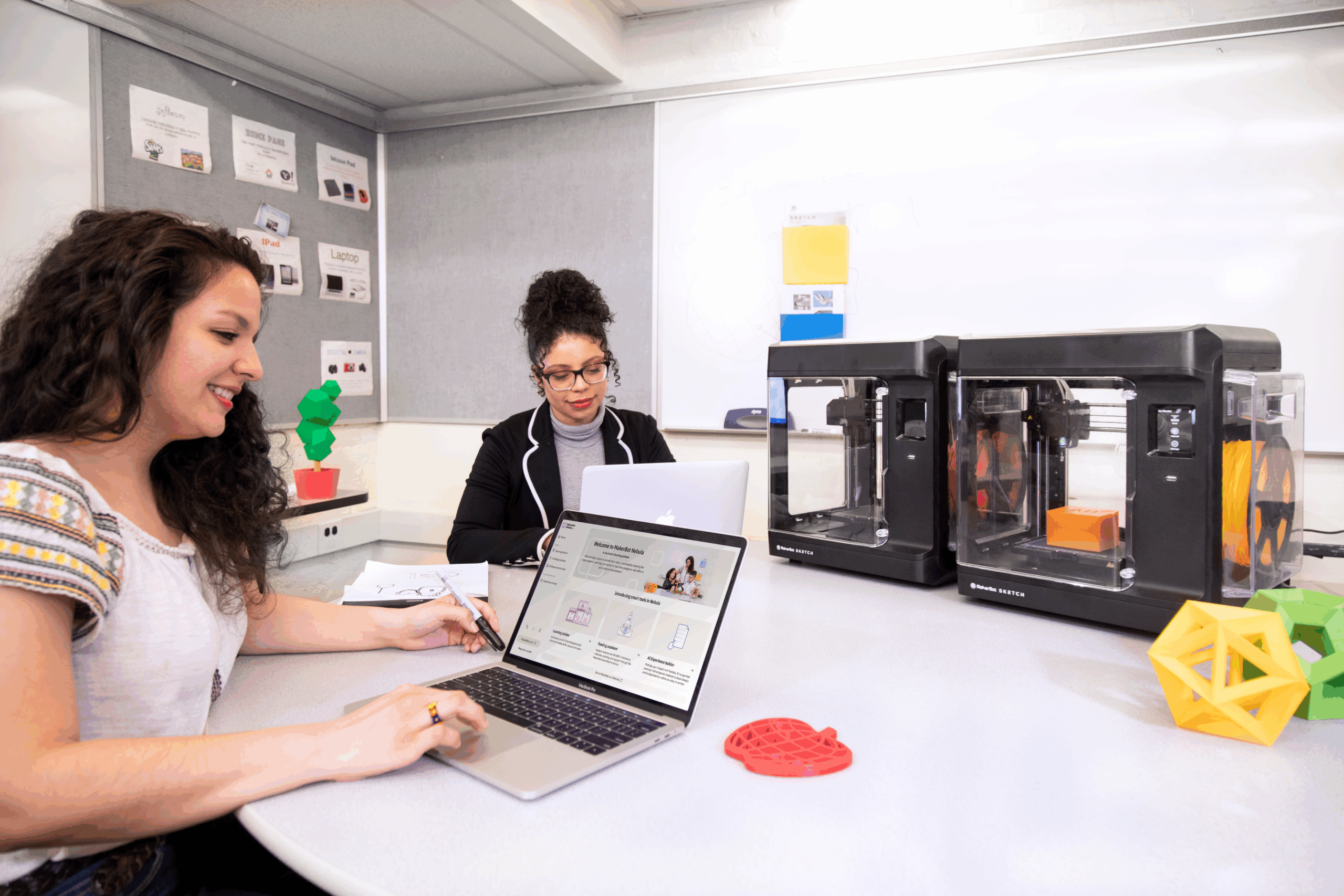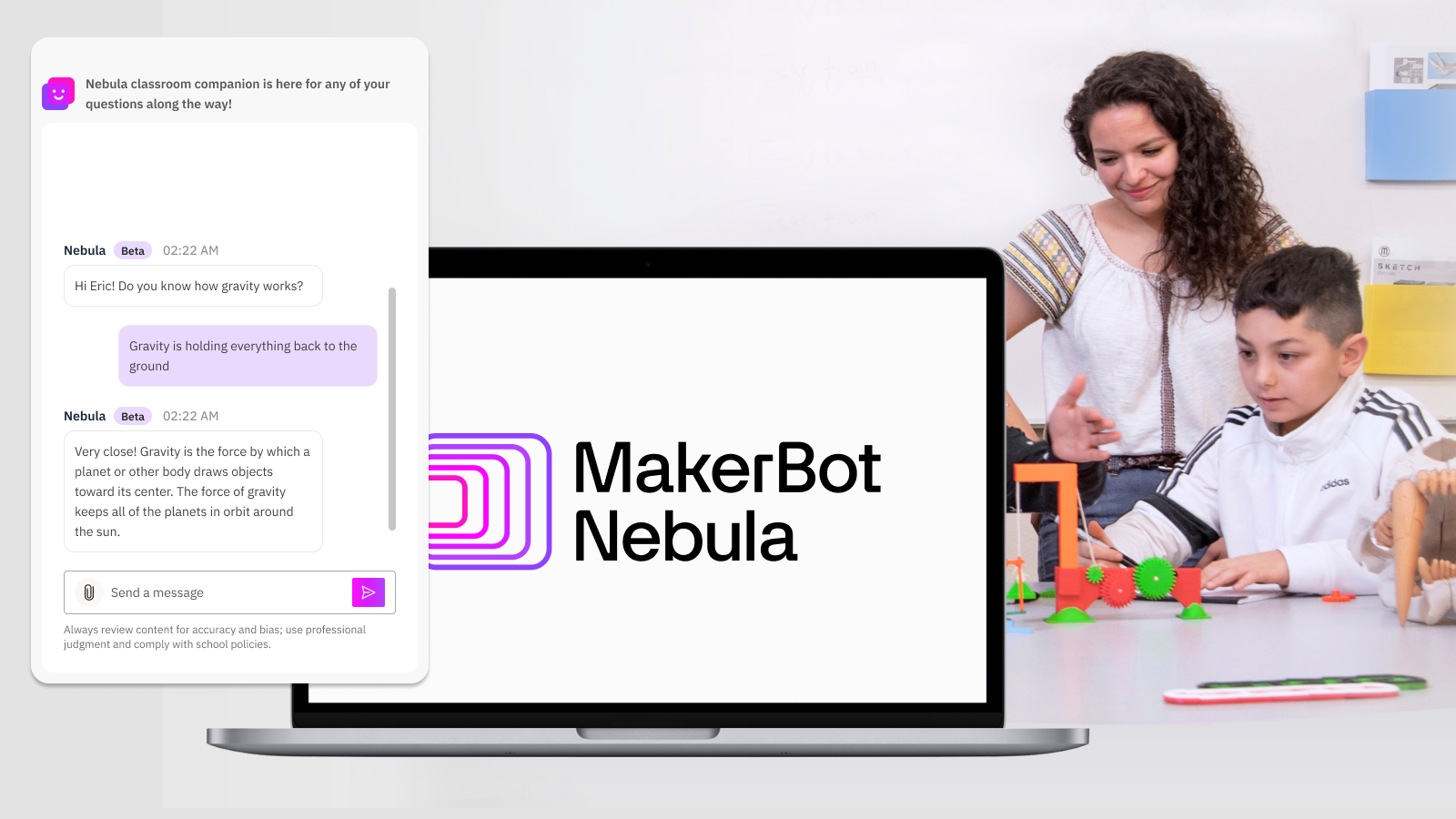Artificial Intelligence (AI) is turning the industry - and education - on its head. Whether it’s personalized learning apps in elementary schools or AI-powered tutors in college classrooms, this technology is quickly becoming a regular part of how we teach and learn.
Done right, AI has the power to make education more engaging, accessible, and supportive for both students and teachers. But like any big shift, it also comes with some serious challenges that need careful thought and planning.
What does AI look like in K-12 classrooms?
In younger grades, AI is showing up in tools that help teachers personalize instruction to fit each student’s needs. Rather than taking a one-size-fits-all approach, AI platforms can adjust content in real-time based on how a student is performing.
Some programs use games and interactive exercises that adapt as kids play, providing just the right level of challenge. Teachers get insights into student progress and can jump in when a student needs extra help.
AI is also being used to spot early signs of learning difficulties by tracking performance over time. That kind of insight can make a big difference. And this is especially crucial in busy classrooms where individual learning needs might otherwise go unnoticed.
Some platforms use chatbots to model social situations or help students develop time management and organizational skills. These tools can guide kids toward becoming more independent, confident learners.
AI as a learning and research partner
Higher education is also feeling the AI impact, especially when it comes to improving how students learn and how schools operate.
AI-powered tutoring systems offer targeted support in a range of subjects. These tools give students personalized learning paths based on their strengths, weaknesses, and goals.
On the administrative side, colleges are using AI to automate scheduling, grading, and enrollment. For students, that means faster feedback and better guidance when picking classes or exploring career options. Tools like writing assistants, translation apps, and code generators are also helping students tackle complex assignments more efficiently.
And for researchers, AI is a game-changer. It can scan massive databases, find relevant articles, and even suggest new research angles. That saves time and lets scholars focus more on thinking critically and coming up with fresh ideas.
Encouraging critical thinking, not replacing it
One of the biggest benefits of AI in education is how it can actually enhance critical thinking, not replace it. Smart writing tools, for example, can challenge students to revise weak arguments or look at an issue from multiple angles.
AI can ask thought-provoking questions, present alternative perspectives, or help students explore deeper meanings in texts. It’s not about spoon-feeding answers—it’s about helping learners think more deeply.
AI is also making learning more flexible and inclusive for adult learners or people looking to reskill later in life. With on-demand courses and AI tutors, more people can access quality education on their own terms—regardless of where they live or what their schedules look like.
But there are real challenges to address
Despite all the potential, integrating AI into education isn’t all smooth sailing. Here are some of the main concerns:
Unequal Access
Not every school has the resources to implement AI. Budget constraints, outdated tech, or lack of training can make it hard for underfunded districts to keep up—widening the gap between well-resourced and underserved communities.
Privacy and Data Concerns
AI systems rely on a lot of data—some of it very sensitive. How that data is collected, stored, and used (especially by third-party vendors) raises big privacy issues. Laws like FERPA are in place, but technology often moves faster than regulation.
Too Much Tech Dependence
AI can do a lot, but it can’t replace the human side of teaching. Education is about relationships, mentorship, and emotional support—not just delivering content. Over-reliance on AI might make students more passive or disconnected from the learning process.
Bias in the Algorithms
AI reflects the data it’s trained on. If that data is biased, the outcomes will be too. For example, AI predictions about student performance could unintentionally reinforce stereotypes or set lower expectations for some groups of students.
Teacher Training
Many educators aren’t yet comfortable using AI tools—or don’t know how to use them in ways that actually support learning. Professional development needs to go beyond just the tech and include training on ethical and effective use in the classroom.
Using AI responsibly
The goal isn’t to have robots take over the classroom. It’s to enhance education by letting AI handle repetitive tasks, analyze data, and offer personalized support, so teachers can focus more on guiding, mentoring, and inspiring students.
We could see more hybrid classrooms where AI supports the learning experience, while human educators bring the heart, creativity, and critical thinking that technology just can’t match. AI might even help create global classrooms, connecting students with peers and experts from around the world. Imagine learning marine biology while swimming through a virtual ocean filled with AI-generated sea creatures!
But to get there, we’ll need strong partnerships between educators, tech developers, policymakers, and communities. That means prioritizing equity, protecting student data, designing with all learners in mind, and making sure teachers have the tools and training they need.
In the end, AI isn’t about replacing what makes education meaningful—it’s about building smarter, more inclusive systems that help everyone learn better, no matter where they’re starting from.
